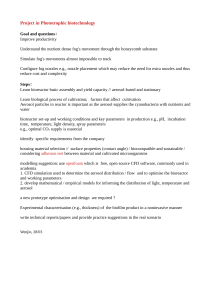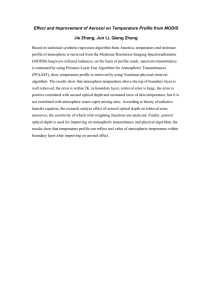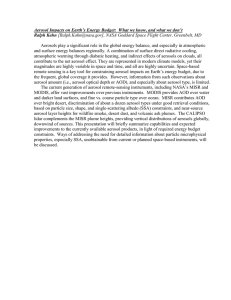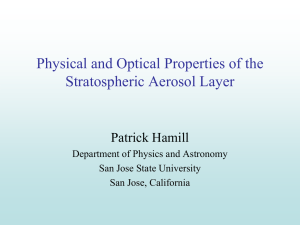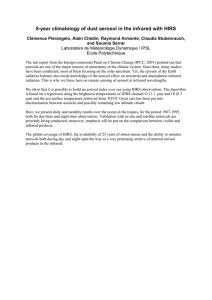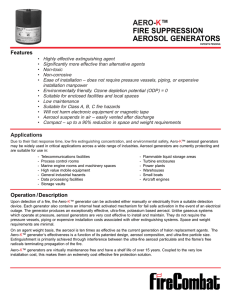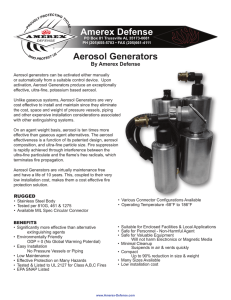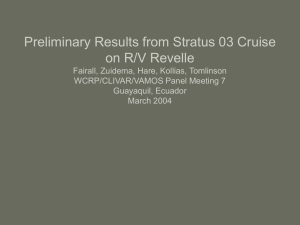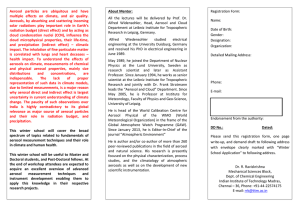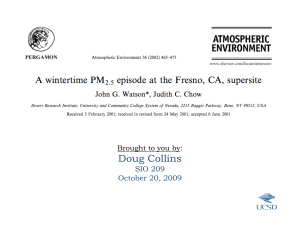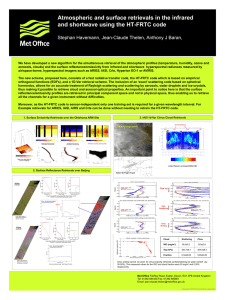Physical and Optical Properties of the Stratospheric Aerosol Layer Patrick Hamill
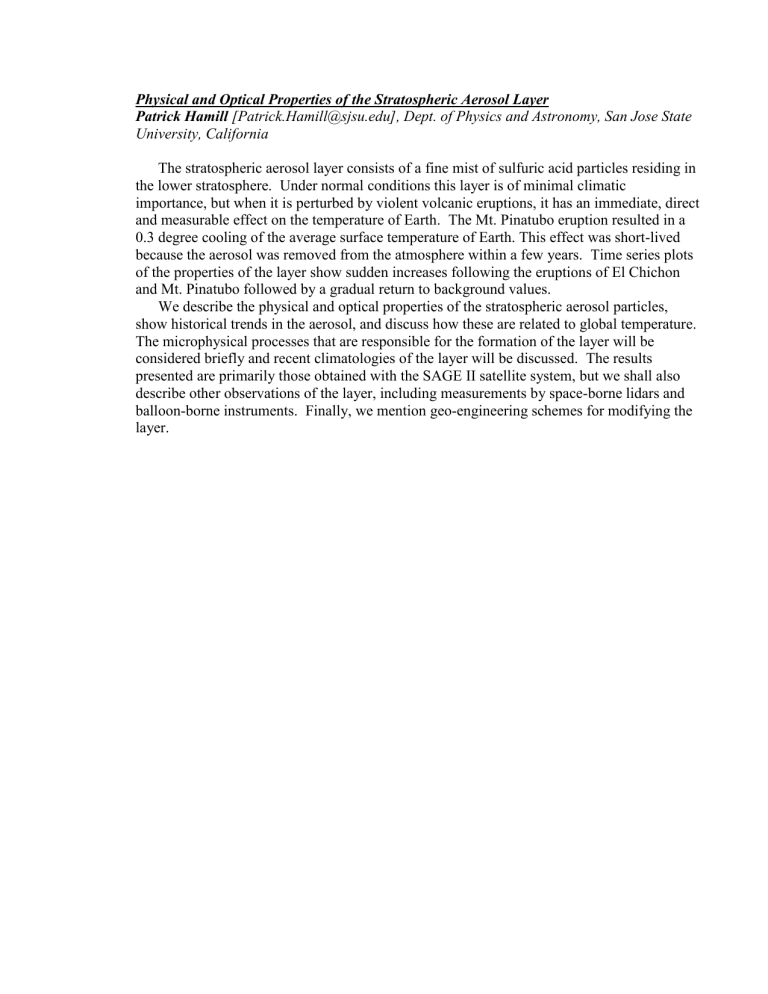
Physical and Optical Properties of the Stratospheric Aerosol Layer
Patrick Hamill [Patrick.Hamill@sjsu.edu], Dept. of Physics and Astronomy, San Jose State
University, California
The stratospheric aerosol layer consists of a fine mist of sulfuric acid particles residing in the lower stratosphere. Under normal conditions this layer is of minimal climatic importance, but when it is perturbed by violent volcanic eruptions, it has an immediate, direct and measurable effect on the temperature of Earth. The Mt. Pinatubo eruption resulted in a
0.3 degree cooling of the average surface temperature of Earth. This effect was short-lived because the aerosol was removed from the atmosphere within a few years. Time series plots of the properties of the layer show sudden increases following the eruptions of El Chichon and Mt. Pinatubo followed by a gradual return to background values.
We describe the physical and optical properties of the stratospheric aerosol particles, show historical trends in the aerosol, and discuss how these are related to global temperature.
The microphysical processes that are responsible for the formation of the layer will be considered briefly and recent climatologies of the layer will be discussed. The results presented are primarily those obtained with the SAGE II satellite system, but we shall also describe other observations of the layer, including measurements by space-borne lidars and balloon-borne instruments. Finally, we mention geo-engineering schemes for modifying the layer.



